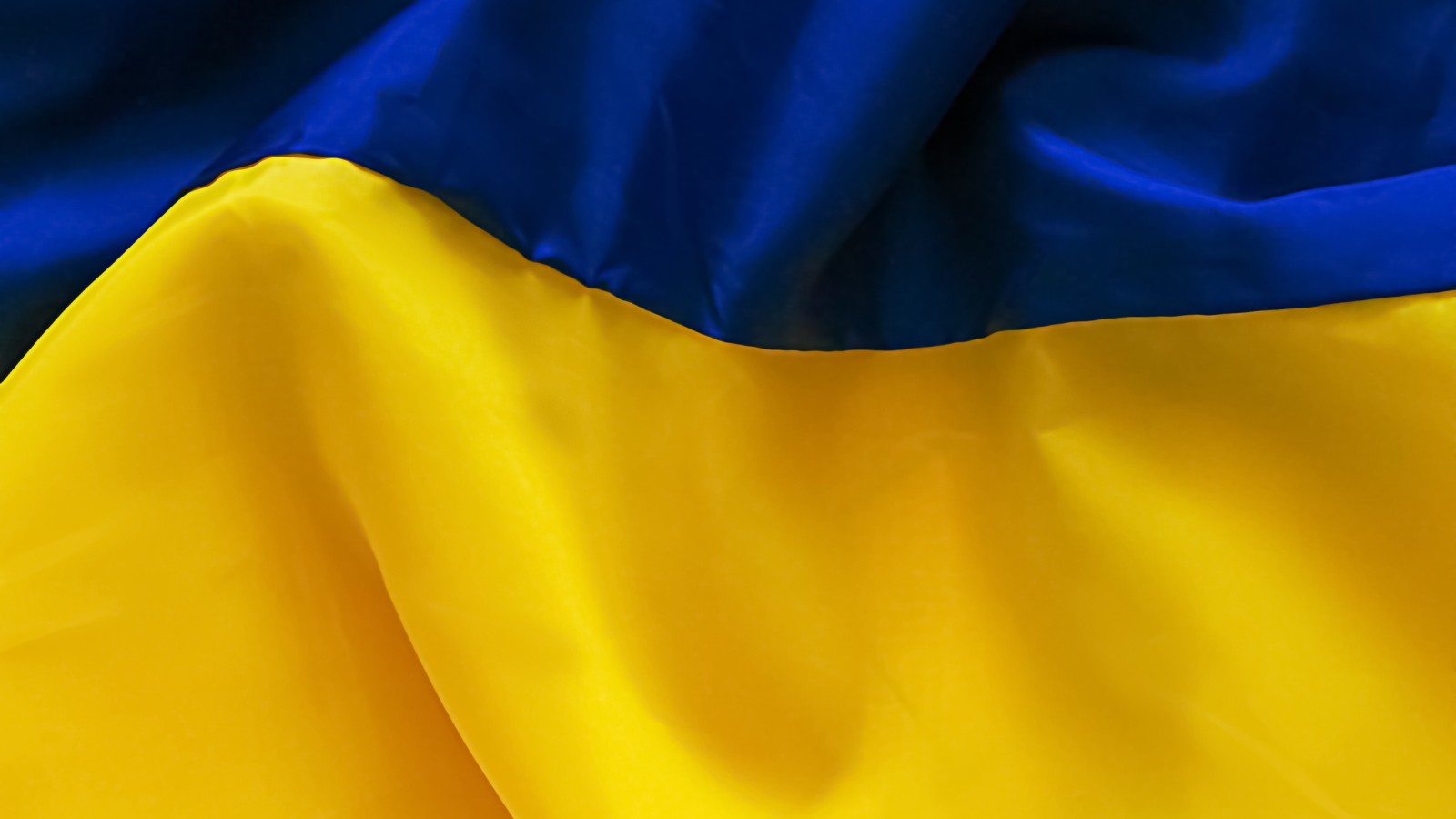As the Russian invasion of Ukraine escalates, major television networks are broadcasting heartbreaking images of innocent children and adults slaughtered in neighborhood streets, their homes and businesses destroyed. Civilians, trying to defend their homeland and laying their lives on the line, tear at the heartstrings of Americans. With thousands dead and one million refugees, half of whom are children, emotions are running high in this country, too. In my work, clients voice their anxiety about rising oil prices, a nuclear disaster and fears of a “Third World War” are bandied about. Other psychotherapists are sharing these same concerns.
Americans were already overwhelmed, exhausted and vulnerable, having suffered rising mental health issues from the two-year pandemic. A SWNS research study found that more than one out of every six Americans started therapy for the first time in 2020 as a result of pandemic trauma. Now Russia’s unprovoked attack on Ukraine has added another burden of terror to the global pandemic threats, stampeding living rooms and workplaces, intruding on the psychological safety and security of American citizens. Whether we realize it or not, days-on-end of watching the real-time slaughter of innocent Ukrainian civilians and bombings of homes and buildings from televisions, workplace laptops or cell phones creates vicarious trauma.
What Is Vicarious Trauma?
It’s difficult to know how many people are being traumatized, but vicarious trauma is real and often shows up in the aftermath of horrendous events. Vicarious trauma or vicarious terror is a condition resulting from the bombardment of the central nervous system transmitted through observation, instead of direct personal contact, in this case from the media. People who observe violent acts often show the same symptoms of individuals who are direct targets of terror. The massive shock to the nervous system can create a sense of disintegration and fragmentation, coupled with intense emotions such as crying, shallow breathing or lashing out. Other aftereffects are often difficulty sleeping, heightened anxiety, sensitivity to loud noises or dissociation—an emotional and physical numbing state in which you feel separated, isolated or disconnected from yourself and others.
Even journalists, bombarded with horrific scenes of senseless death and destruction, have a plan to protect their mental health. In an interview here with former Good Morning America anchor, Dan Harris, he described a panic attack on live television in 2004 which he attributed to time spent in war zones that led him to self-medicate his depression. The panic attack landed him into meditation many years later. I also spoke to CNN anchor Alysin Camerota, who said she takes her work health seriously and knows her limits. “We report on pandemics, hurricanes, death and destruction, a building collapsing, wars, and so on. I’ve always been able to compartmentalize the losses and not carry them home,” Camerota said. “But I’m also aware that on some unknown level it takes its toll. I can easily get myself into that alpha state because my body doesn’t like to be at that fever pitch. I dial it back, write in my journal or stare out the window at the leaves.”

Tips For Self-Care And Work Health
It’s important to stay abreast of the news and to know what’s happening in the world. But you don’t want the news to suck you into a negative echo chamber of distress. So it’s also important to protect your “work health” and the mental health of your children. In these extraordinary times of terrorism, trauma and uncertainty, taking care of your mental health and well-being is more essential than ever before. Here are some tried-and-true tips for self-care.
- Compartmentalize. Practice what veteran journalist Camerota does, limit exposure to the news. Set boundaries on the amount of time you listen to or watch the violent war scenes played over and over in the media or continued analysis by broadcasters. Media saturation of sound bites and the repetitive barrage of images can further exacerbate and deepen vicarious trauma.
- Have rules about exposure. According to Ethan Kross, University of Michigan psychologist and author of Chatter: The Voice in our Head and How to Harness It, television news and social media constantly bombarding us with the same distressing information over and over again can create mental chatter—nonstop collective rumination. And research has shown that overly consuming news worsens anxiety. Kross gives two useful reminders, the first is to set rules with yourself such as, “I’m gonna read or watch the news for 10 minutes in the morning or evening, but I’m not going to go down the clicking rabbit hole of checking the Ukraine situation every hour of the day.” Second, if you’re tempted to do it, he suggests you ask yourself what you’re going to gain from reading every single bit of war information every single day and if you think it’s going to change your circumstances or the situation in Ukraine.
- Engage in an calming activities. Just getting outside in nature is itself a form of stress reduction and relaxation. Balance your time between staying active and restorative rest. A walk or jog around the block combined with five minutes of meditation both give you a biochemical boost. Activity raises endorphins. Quieting your mind stimulates the part of your brain that dampens the surges of adrenaline and cortisol accompanying stress.
- Make a conscious effort to focus on the positive. Your brain is hard-wired to zoom in on violence, mayhem and terrorism for fight-or-flight purposes because those acts are threats to survival. So it’s important to zoom out and look at the bigger picture. This isn’t always easy, and it can feel like swimming upstream, but it’s important to focus on the spirit, courage and resilience of the Ukrainian people and how their unity can inspire all of us to come together as a nation.
- Take some kind of action. Studies on post traumatic stress disorder show when potential victims are able to take some kind of action to have a direct influence on their experience of the trauma, their symptoms are either reduced or nullified. Show your support through donating financial aid, participating in a discussion group or joining street demonstrations.
- Meditate. Mindfulness meditation teaches your mind to do what it doesn’t do instinctively: to come back to the present, enjoy the moment and appreciate your life instead of focusing on worries of the future. Science attests to the link between mindfulness and stress reduction, well-being and healing after trauma. In my interview with meditation expert Tara Brach, author of Trusting the Gold, she explained the relationship we have to terror and fear and how we can make a U-turn to deal with it: “It’s important that we have a way of being with fear that allows us to open our hearts. That’s the opportunity of these times, that we can come through it with more compassion, more caring for ourselves and each other. Meditation lets us pause enough so we can enlarge our perspective and come back home to a calm refuge inside of us where we can respond to what’s going on with a lot more intelligence and heart.”
- Practice the basics of self-care. Make sure you get ample sleep, nutrition and exercise. Unplug and take breaks that fit your interests and lifestyle. Your body and brain will appreciate the reset, and your well-being and serenity will return the favor. Getting through a traumatic event rarely moves as fast as most of us want. Try not to push or fight the process as it can backfire and stall getting to a more stable place.
What Companies Can Do
The message threaded through the above tips is “take care of yourself.” As the images of the war continue to cause anxiety, uncertainty and post traumatic stress disorder, employers and HR can support the well-being and mental health needs of their workforce. They can show empathy, provide opportunities for conversations and take seriously the impact of vicarious trauma on worker engagement and productivity.
We’re all in this together, and history has taught us that if all of us do our individual part and support one another, then together we can overcome any hardship—no matter how dire the circumstances. Just like the people of Ukraine are doing.
Alisyn Camerota will appear at Resiliency 2022 on Sept. 9, 2022.


